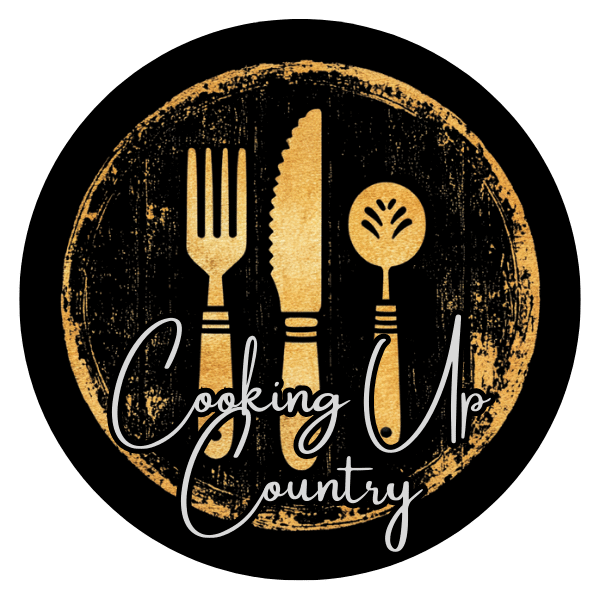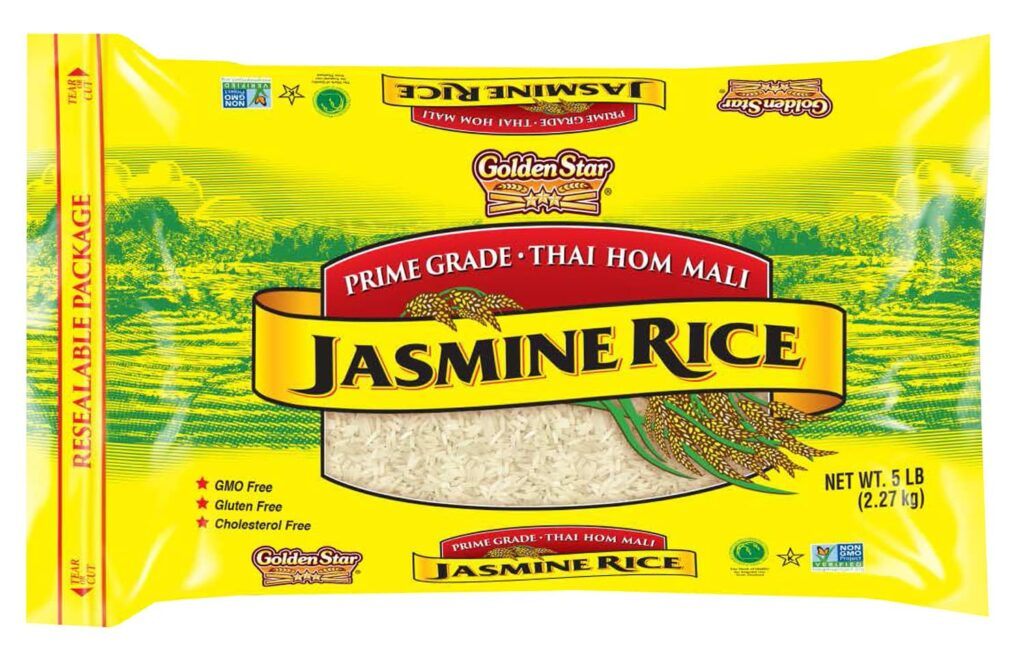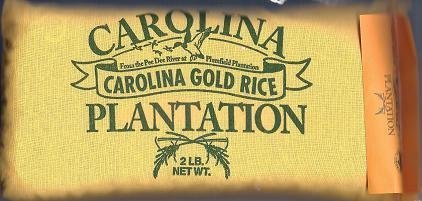Rice has been a staple in the Southern United States for centuries, shaping both agriculture and cuisine. Its story is tangled up with the region’s culture, from sprawling rice plantations to the wide range of dishes that have come out of Southern kitchens.

The evolution of rice cultivation in the South directly influenced key dishes like gumbo, jambalaya, and red rice, each reflecting unique regional flavors and traditions. These recipes tell stories of Indigenous, African, and European influences in Southern cooking.
Digging into rice’s history here is about more than just food; it’s about labor, trade, and cultural exchange. That background helps explain why rice still holds such a central place in Southern kitchens.
Origins of Rice Cultivation in the South

Rice farming in the American South started with knowledge brought over by African slaves and grew through careful breeding of certain rice types. This practice changed Southern agriculture, making rice a key crop that shaped both the economy and the food people ate.
African Influence on Early Rice Farming
Enslaved Africans, especially from West Africa, brought essential skills in rice cultivation. Their know-how in irrigation, planting, and harvesting made rice plantations in the Carolinas possible in the first place.
One of their biggest contributions was tidal irrigation—using the natural rise and fall of water to flood fields. Plantation owners later expanded these methods, but it started with African expertise.
They also played a big role in picking the best seeds and managing crops for better yields. Honestly, without this knowledge, Southern rice farming wouldn’t have gotten off the ground.
Development of Carolina Gold and Other Varieties
Carolina Gold became the South’s most famous rice variety. Its long grains and rich flavor made it a favorite for both farmers and cooks.
Other types like Jasmine and Blue Rose appeared later, but none matched Carolina Gold’s popularity in the 1700s and 1800s. Farmers bred these strains to handle local weather and soil.
Over the years, they focused on traits like drought resistance and pest tolerance, which helped rice farming survive tough conditions.
Transformation of Southern Agriculture
Rice changed how land was used in the South, leading to huge plantations that needed wet, marshy ground. This shaped where people settled, especially near the coast.
The success of rice farms helped Southern ports grow, since much of the crop was shipped to Europe. That boosted the region’s role in global trade.
But rice farming also meant heavy reliance on enslaved labor, which left deep marks on the South’s social and economic structure. Through the 1800s, rice stayed one of the region’s big agricultural products.
Cultural Impact of Rice in Southern Society
Rice shaped social life and traditions across the South, especially among African American communities. It shows up in everything from daily meals to big celebrations.
Rice and the Enslaved Community
The South’s rice industry leaned hard on the skills of enslaved Africans. Their experience from West Africa was vital for making plantations work.
This went beyond just planting—they knew how to irrigate, rotate crops, and process rice after harvest. Milling and husking rice became specialized skills among enslaved workers.
Rice also became a key part of their diet and identity. Even after emancipation, those food traditions stuck around, helping to shape what we now call Southern cuisine.
Iconic Rice-Based Dishes of the South
Southern rice dishes show off local ingredients and old-school cooking styles. The recipes reflect cultural heritage and the flavors that have grown up in each region. Every dish has its own story and taste, shaped by what’s available nearby.
Lowcountry Red Rice
Lowcountry Red Rice is a classic from the Carolinas and Georgia coast. It uses long-grain rice cooked with tomatoes, onions, and bell peppers, which give it that signature red color. Smoked sausage or bacon often gets tossed in for a savory kick, and there’s a nice balance of smoky and sweet flavors.
This dish is a mashup of African, Native American, and European food traditions. People love it for its simplicity and how it highlights local produce. Sometimes it’s a side, sometimes a main—either way, it’s hearty and satisfying.
Charleston Hoppin’ John
Hoppin’ John is a New Year’s staple in Charleston. It’s just black-eyed peas, rice, and onions, usually cooked with salt pork or bacon. The peas are supposed to bring good luck for the year ahead.
Seasonings like cayenne, thyme, and maybe a splash of vinegar round it out. Folks often serve it with collard greens and cornbread, making a full meal that’s deeply rooted in both agriculture and African-American tradition.
Jambalaya and Its Variations
Jambalaya, from Louisiana, is a mix of rice, meat (like chicken, sausage, or seafood), veggies, and bold spices. There are two main versions: Creole jambalaya uses tomatoes, while Cajun jambalaya skips them.
It starts with sautéing onions, bell peppers, and celery—the “holy trinity”—then everything gets cooked together. French, Spanish, and African influences all come through in the flavors and textures.
Regional Rice Flavors and Techniques
How rice is made in the South depends a lot on where you are. Different regions have their own ingredients, methods, and flavor profiles that make their dishes stand out.
Differences Across the Lowcountry, Louisiana, and Texas
The Lowcountry leans on long-grain Carolina Gold rice for its light, fluffy texture. Hoppin’ John and red rice keep seasonings simple, often just smoked pork or seafood for flavor.
In Louisiana, shorter-grain rice is popular for jambalaya and gumbo. The rice soaks up rich stocks with sausage and Cajun spices.
Texas rice dishes blend Mexican and Southern influences. They use tomatoes and chili peppers, and the rice is cooked a bit firmer to handle saucy dishes.
Local Ingredients and Spice Profiles
Lowcountry rice is usually cooked with ham hocks, bacon, onions, and bell peppers. Seasonings stay on the mild side to let the main flavors shine.
Louisiana recipes go bolder, with the holy trinity—onions, celery, and green bell peppers—plus cayenne and paprika for heat. It’s all about deep, layered flavors.
Texas rice gets a punch from cumin, garlic, and chili powder. Fresh tomatoes and jalapeños brighten things up, pulling in local produce and a bit of Tex-Mex flair.
Modern Evolution of Southern Rice Cuisine
Southern rice cooking isn’t stuck in the past—it keeps evolving. People are looking back at old varieties and also trying out new twists on classic recipes.
Revival of Heirloom Varieties
Heirloom rice like Carolina Gold and Pink Seeded are making a comeback. Chefs and growers love them for their unique textures and flavors, and for the connection to history.
Bringing these old strains back helps local farmers and keeps regional identity alive. Some folks say they’re even more nutritious than regular white rice. You’ll see them in dishes like jambalaya, red beans and rice, and gumbo.
They’re easier to find now, too, thanks to farmers’ markets and specialty shops. Cooking with heirloom rice is a way for people to connect with the South’s agricultural roots.
Fusion Dishes and Contemporary Twists
Chefs are mixing Southern rice dishes with global flavors—think spices from Asia, Latin America, or Africa showing up in dirty rice or pilafs.
Some are blending in quinoa or wild rice for extra texture and nutrition. Plant-based proteins and seasonal veggies are popping up in updated versions of old favorites.
This kind of experimentation appeals to a lot of different tastes and diets, but there’s still a respect for the Southern classics underneath it all. Fusion dishes keep things interesting while honoring the roots of Southern rice cooking.
Enduring Legacy and Future of Rice in the South
Rice is still a staple in Southern kitchens, carrying deep roots in the region’s agricultural history and culture. You’ll find it at the heart of so many dishes, old and new, as tradition and modern tastes keep bumping into each other in interesting ways.
Southern farmers have had to adjust as the climate and markets shift, picking up sustainable farming methods along the way. They’re trying to keep rice growing strong without doing too much harm, hoping it’ll stick around for generations to come.
Plenty of folks are working to keep heirloom rice varieties alive, too. These special types bring their own flavors and help with biodiversity, connecting us to the farmers who came before.
| Key Rice Varieties in the South | Characteristics |
|---|---|
| Carolina Gold | Nutty flavor, ideal for pilafs |
| Jasmine Rice | Fragrant, slightly sweet |
| Long Grain White Rice | Versatile, fluffy when cooked |
Dishes like jambalaya, red beans and rice, and hoppin’ John still show up on Southern tables, and chefs aren’t afraid to experiment, mixing old favorites with fresh ideas.
There are even programs out there nudging younger folks to try their hand at rice farming or cooking. It’s a way to keep the spirit and importance of rice alive, both in the kitchen and out in the fields.
NOTICE: Our website contains affiliate links. This means if you click and make a purchase, we may receive a small commission. Don’t worry, there’s no extra cost to you. It’s a simple way you can support our mission to bring you quality content.




